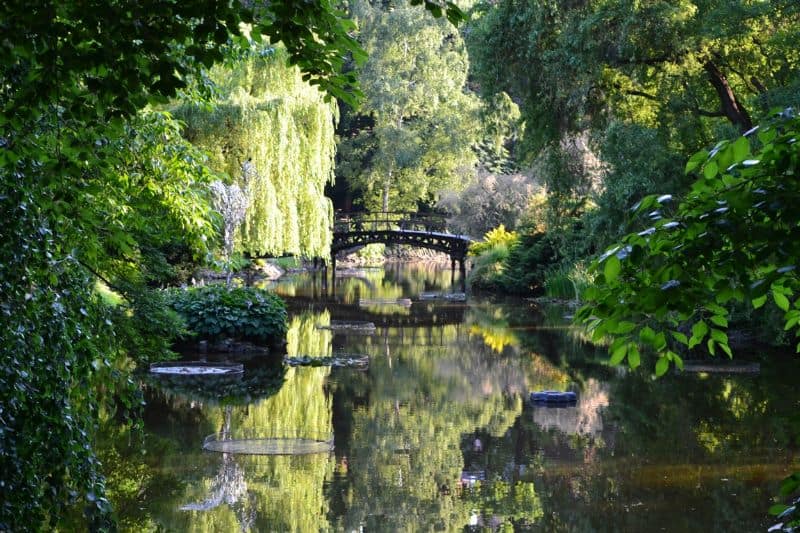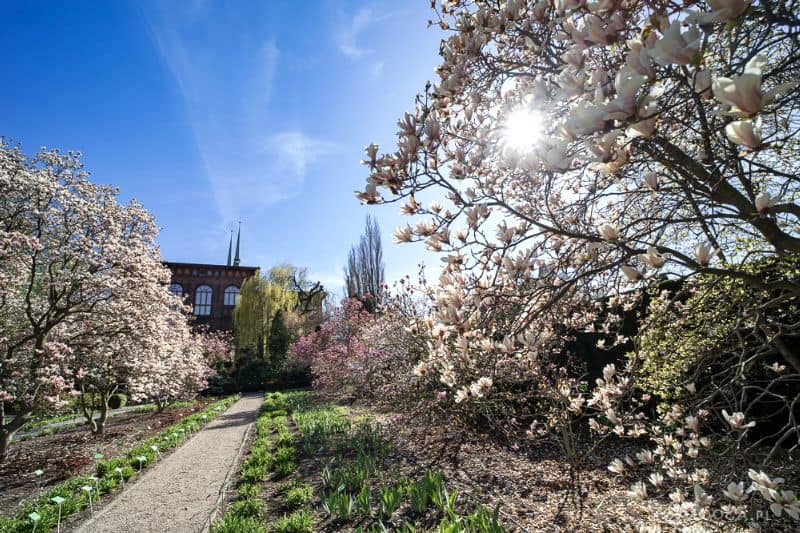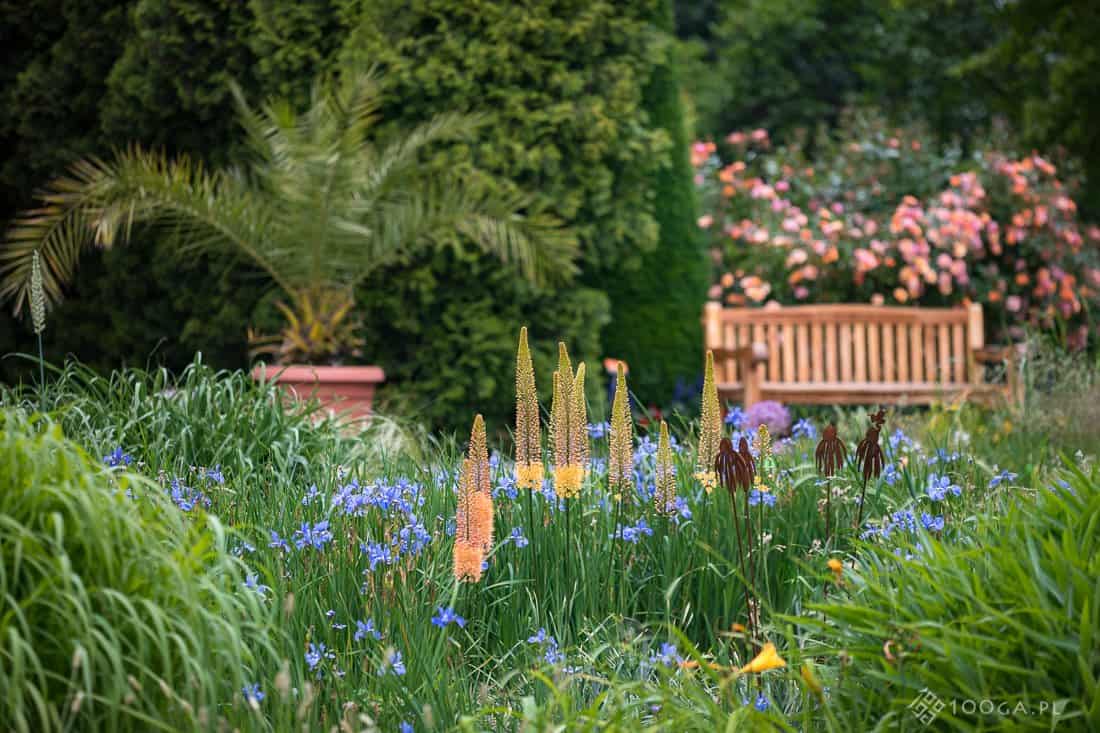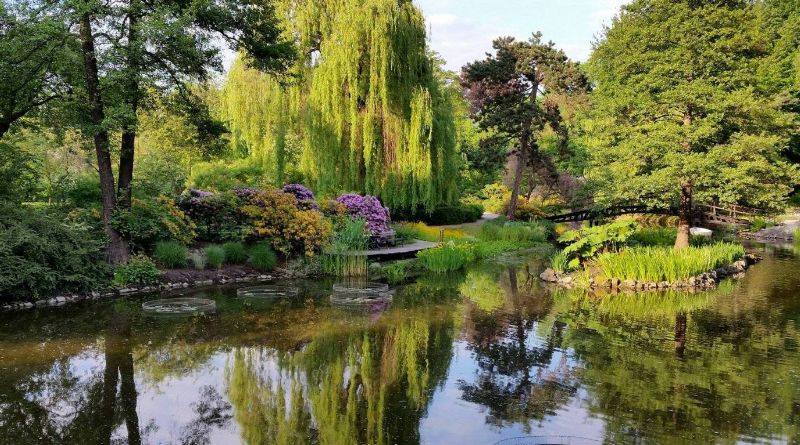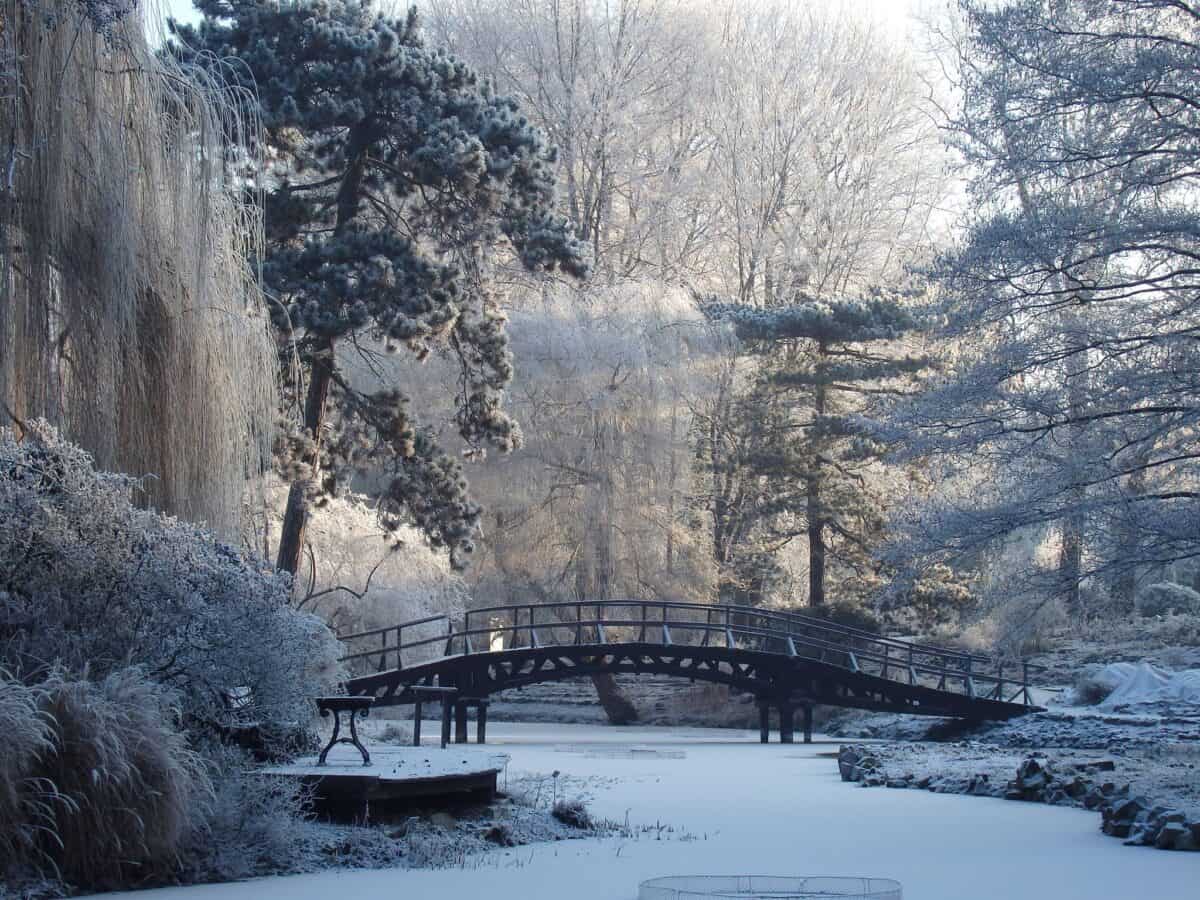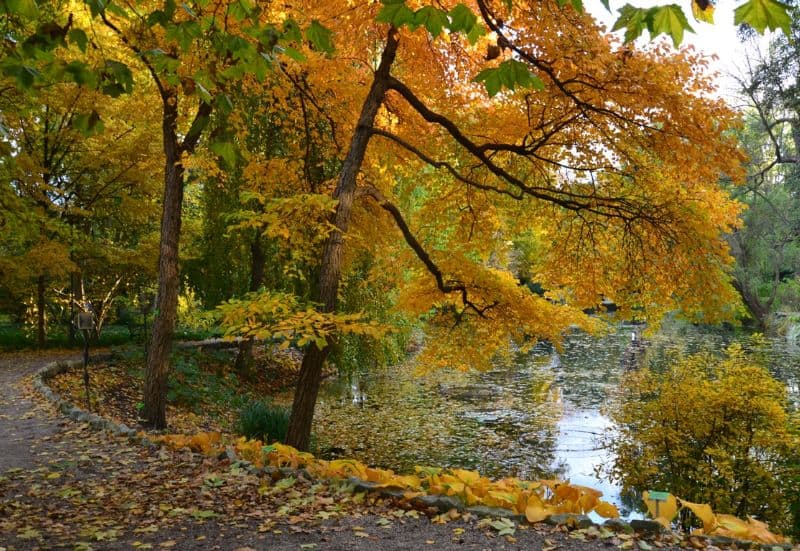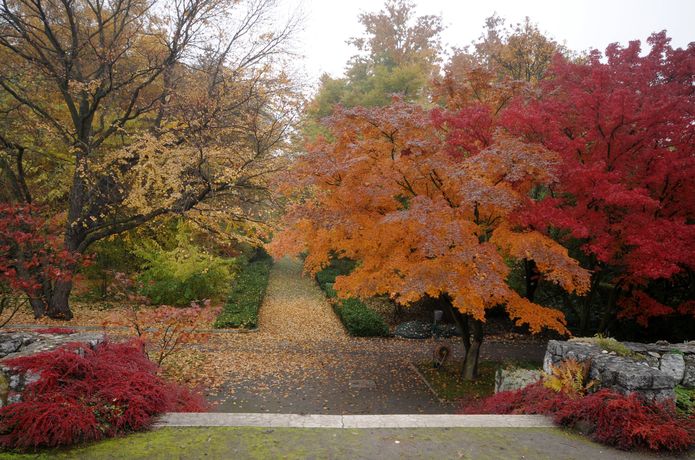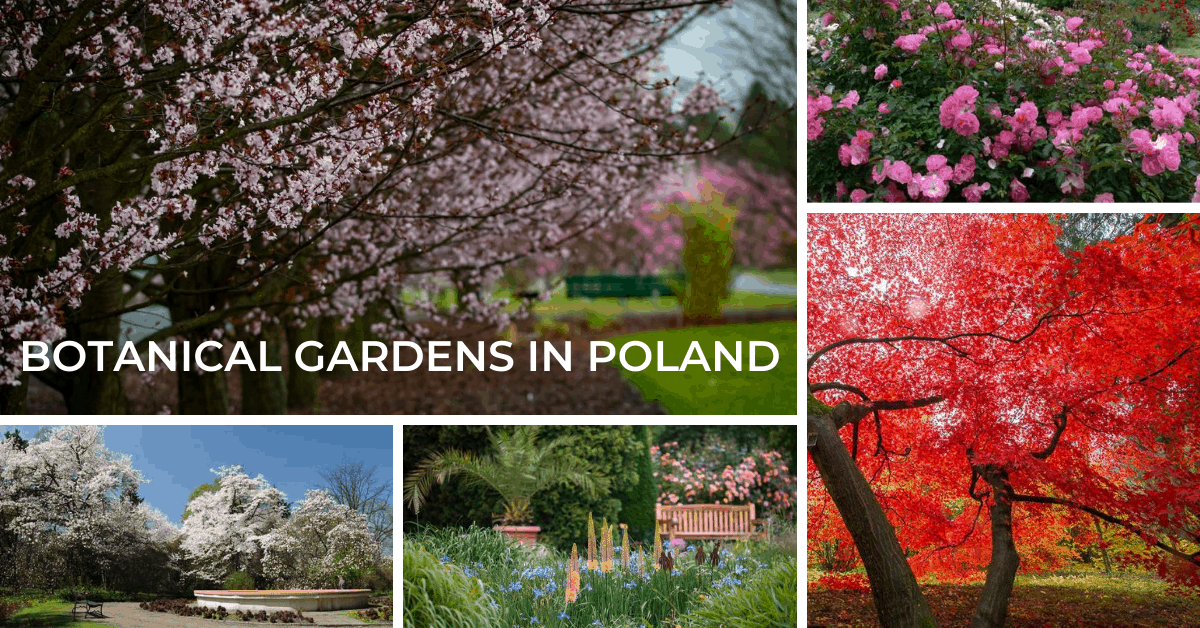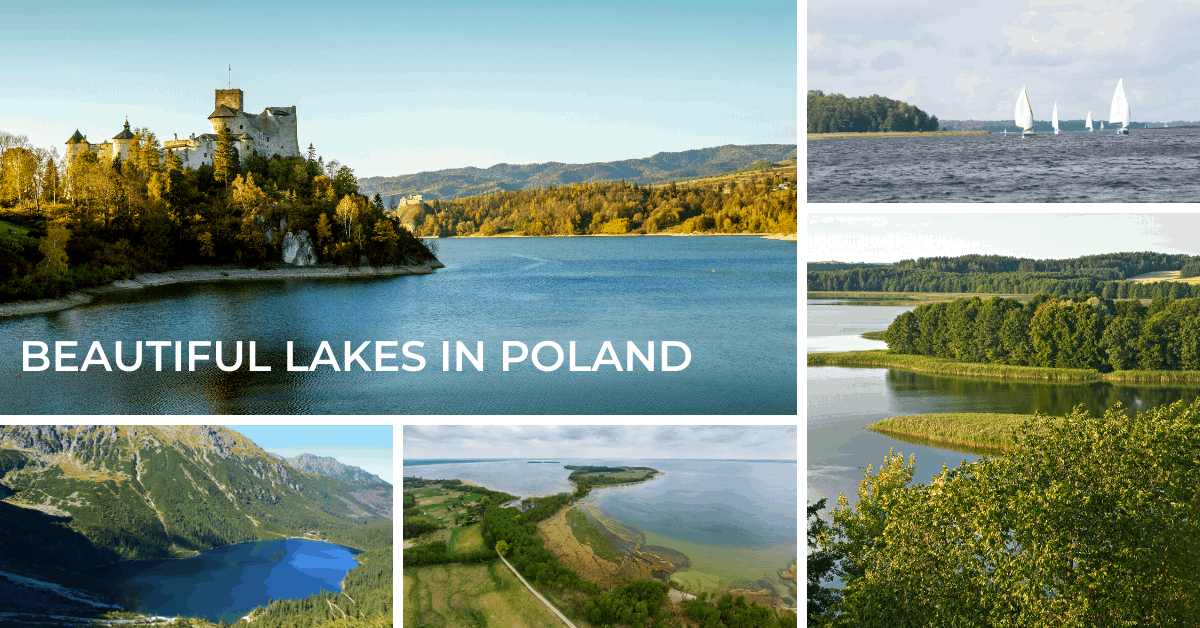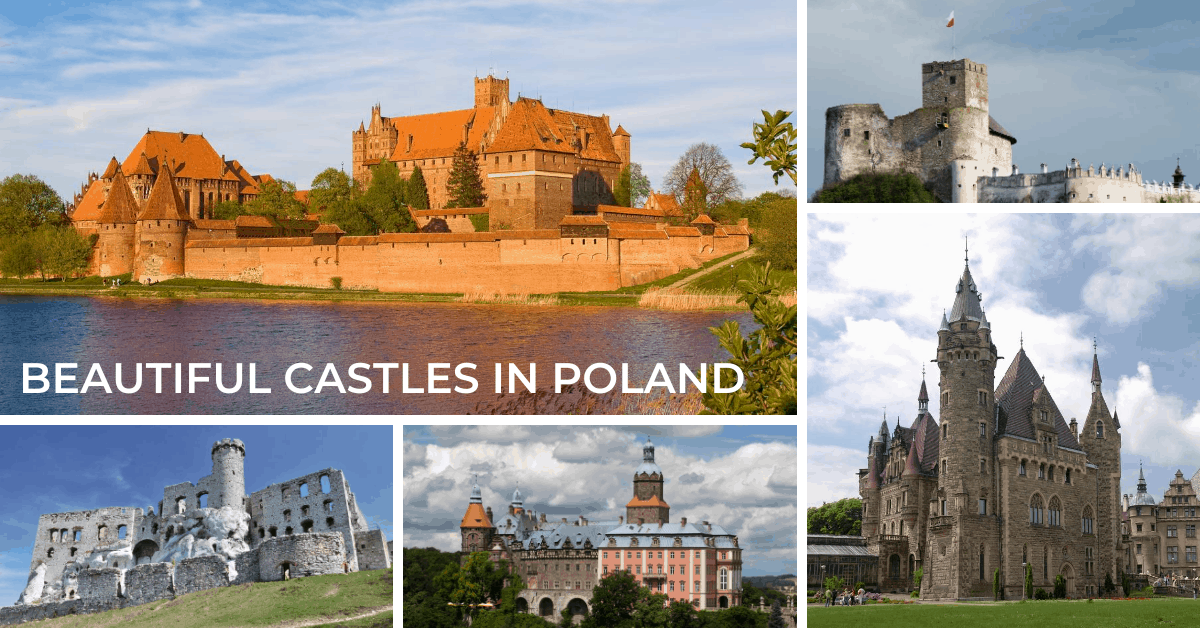Poland in April: tips for making the most of your spring in Poland

The post’s cover photo presents Wawel Cathedral and Castle in Kraków, Poland, in spring scenery with blooming magnolia trees. The town of Zamość Zamość is a town in south-eastern Poland (Zamość’s location on Google Maps), famous for its unique and well-preserved 16th-century architecture of the Old Town, called the “pearl of the Renaissance”, inscribed on the list of the UNESCO World Heritage Sites. Zamość escaped the vast destruction suffered by many other Polish towns during the Second World War – the Old City of Zamość today exhibits a high degree of authenticity as an example of a 16th-century town designed and built following Italian Renaissance theories on the creation of “ideal” cities. Selected attractions of Zamość for a day trip or a weekend visit include the famous Great Market Square with a magnificent Town Hall, the fortress, underground fortifications tourist route, and a zoo for those who seek a break from history and monuments. Our post on visiting the town of Zamość covers: Click here to read our post on visiting the town of Zamość. Historic Silver Mine & underground routes An interesting and fun idea for a weekend break in Poland – UNESCO World Heritage Site with underground tourist routes. You can visit the Historic Silver Mine and take a boat cruise through an underground tunnel. Both attractions are located in the town of Tarnowskie Góry, in the south of Poland. Tarnowskie Góry’s location on Google map. Our post on visiting the Historic Silver Mine & underground routes covers: Photo source: Stowarzyszenie Miłośników Ziemi Tarnogórskiej, Agnieszka Draus, Sławek Klyczka, Grzegorz Rudnicki, Piotr Korab
For those who plan to visit Warsaw in the springtime or live in Warsaw and would like to explore it. Spring is a favorite time of the year for many Warsaw residents. It’s also a great time to visit the capital – it’s warm but not too hot, and nature wonderfully comes to life with greenery and colors. You can feel the vibrant energy of the city at every step! Our post Spring in Warsaw includes: April is a great time to admire and observe nature in Poland waking up to life. Where to see nature’s blooming beauty in Poland? Poland has many wonderful parks, and botanical gardens are the largest and most diverse oases of nature. Check our post: 9 botanical gardens in Poland to find the botanical garden closest to your home (Kraków, Wrocław, Poznań, Gdańsk, Warsaw, Katowice, Łódź). If you need a break from the typical tourist attractions of Wrocław, the Botanical Garden is a green oasis of calm in the center of the city (the garden is located about 2 km from the Market Square, in the Ostrów Tumski district – the oldest part of Wrocław that used to be an island). Established in 1811, the park includes ponds with wooden bridges, a greenhouse, and thousands of plants. The garden is open daily from April 1 to October 31. Photo source: Ogród Botaniczny Uniwersytetu Wrocławskiego The oldest (opened in 1783) botanical garden in Poland – 10 ha of greenery in the heart of Kraków (peace and relaxation in the center of a usually crowded city!). The garden was entered into the register of monuments in Poland as a valuable natural object, a monument of the history of science, gardening art and culture. The Garden is open all year round (information about opening hours and tickets).
UNESCO World Heritage Site in southern Poland: Historic Silver Mine & underground tourist routes, the town of Zamość
Weekend getaways in Poland: explore the beauty of Poland on a short escape.
Exploring Warsaw in spring: things to do in Warsaw in the springtime
Click here to read our post on things to do in Warsaw in the springtime
Botanical gardens in Poland to visit in April
The Botanical Garden in the city of WROCŁAW
The Botanical Garden in the city of KRAKÓW
Photo source: Ogród Botaniczny Uniwersytetu Jagiellońskiego
The Arboretum Forest Educational Center in Rogów, 40 km from ŁÓDŹ & 100 km from WARSAW
The Arboretum Forest Educational Center in Rogów – established in 1923 – is one of the biggest (over 50 hectares) botanical gardens in Poland, run by the Warsaw University of Life Sciences. It is located in Łódź voivodship, 40 km from Łódź and 100 km from Warsaw.
The Arboretum in Rogów has also one of the most valuable plant collections in Europe. It’s “a forest park”, located in the thinned-out area of the forest. You can admire there the collections of trees and shrubs of Central and Eastern Europe, protected, endangered, and rare plants, as well as “experimental” parts of the forest with foreign species and the Alpine Garden – the alpinarium.
Opening hours change every month. The current opening hours can be found on the Garden’s website, “Godziny otwarcia”.
Photo source: Arboretum SGGW w Rogowie
Click here to read our post about other beautiful botanical gardens in Poland to relax and appreciate nature’s beauty (lots of amazing photos!).
Amusement and theme parks in Poland to visit in April
April is the time when outdoor amusement parks open in Poland after the winter break. Ready for an action-packed family day out?;) Click here to read our post presenting 15 amusement and theme parks in Poland.
“Energylandia” – the biggest amusement park in Poland
- In 2024, the park is open from April 6.
- South Poland.
- Location: Energylandia, al. 3 Maja 2 Street, 32-640 Zator (location on Google map). 50 km from Kraków, 60 km from Katowice, 250 km from Wrocław, 250 km from Łódź, 340 km from Warsaw, 430 km from Poznań.
- Website in English. Facebook. Instagram.
- Online tickets.
Photo source: Energylandia
“Bałtowski Kompleks Turystyczny” – the first in Poland Dinosaur Park, Amusement Park, Zoo, Horse Riding Center, Miniature Park, Prehistoric Oceanarium, Witches’ Village
- The park is open daily.
- Southeast Poland.
- Location: Bałtowski Kompleks Turystyczny, ul. Bałtów 8a, 27-423 Bałtów (location on Google map). 200 km from Łódź, 160 km from Warsaw, 180 km from Kraków, 250 km from Katowice, 390 km from Wrocław, 390 km from Poznań, 520 km from Gdańsk.
- Website in Polish. Facebook. Instagram.
- Online tickets.
Photo source: Bałtowski Kompleks Turystyczny
Read about other amusement and theme parks in Poland in our post: Amusement and theme parks in Poland: action-packed family day out.
Weather in Poland in April
April in Poland has a similar saying as March about mixed weather conditions (‘Kwiecień plecień, bo przeplata – trochę zimy trochę lata‘ – April interweaves a little bit of winter and a little bit of summer), however, with the climate change, April in Poland is relatively warm and considered by many people (along with May) as the most beautiful time of year in Poland. The average monthly temperature in April in Poland is 8,5°C / 47.3°F and the average monthly rainfall level is 37,3 mm (the second-lowest after February).
The Polish name for April – kwiecień – leaves no doubt, and the explanation of its origin is simple – it comes from the flowers that bloom in Poland in April (kwiat means flower in Polish).
Read more about the weather and changes in nature in Poland in spring.
Shopping Sunday and trade ban Sundays in Poland in April 2024
In April 2024, there is one shopping Sunday in Poland: April 28. The next shopping Sunday will be on June 30. Click here to read our post about shopping Sundays in Poland. Read our post with the list of online stores in Warsaw and other cities in Poland delivering groceries to your home.
Dates to remember in Poland in April 2024
- April 1
Easter Monday (Poniedziałek Wielkanocny), “Wet Monday” (Lany Poniedziałek)
A public/bank holiday in Poland. Śmigus dyngus – an old tradition in Poland in which people use buckets (kids usually play with water guns) to soak each other with water. It’s safe to stay home on Wet Monday and avoid street water fights;) Another Easter Monday tradition is to beat legs with willow branches or Palms (the ones used for Palm Sunday). Public institutions, stores, malls, and shopping centers are closed, and only some smaller local convenience stores can be opened and stores at gas stations. Click here to learn more about Easter traditions in Poland.
April Fools’ Day (Prima Aprilis)
A day of pranks and jokes. Don’t trust anyone;) Including Polish media which also participates in the celebrations with lots of fabricated stories.
- April 7
Local government elections in Poland
Voting from 7 a.m. to 9 p.m. In these elections, commune mayors, mayors, city presidents, Warsaw district councilors, commune councilors, district councilors, and voivodeship assemblies will be elected.
- April 19
Anniversary of the Warsaw Ghetto Uprising (1943) and the Daffodils Campaign
The major celebrations of the anniversary of the uprising in the Jewish ghetto in Nazi-occupied Warsaw are held each year at the Monument to the Ghetto Heroes and POLIN Museum of the History of Polish Jews. POLIN Museum created the Daffodils (żonkile) Campaign to commemorate the Warsaw ghetto uprising. Every year on April 19th, hundreds of volunteers hand out paper daffodils to raise awareness of the uprising and its significance (Marek Edelman, the last leader of the Uprising, before he died in 2009, used to lay daffodils at the Monument to the Ghetto Heroes every anniversary). Click here to read our tips in English on visiting the POLIN Museum, and here to read about visiting the POLIN Museum with children. Click here to read more in English about the Warsaw Ghetto Uprising.
Read more about public holidays and dates to remember in Poland in spring.
Easter traditions in Poland
If you think that there are many Christmas traditions in Poland, read about how Easter is celebrated in Poland!;)
Tones of food, painted eggs, egg tapping game, Polish Water Fight Day, and a basket with food samples. A feast for all foodies who love cakes – Easter delicacies are hard to resist.
Read more in our post: Easter traditions in Poland that kids and adults will love.
Things you can’t miss in Poland in April
Go out of town to watch storks – the symbol of Poland (next to the eagle)
It’s April when over 40,000 white storks (in Polish: bocian) arrive from Africa to Poland (20% of their world population). Shortly after arrival they are improving their old nests or building new ones. The stork inhabits all of Poland, except for the mountain ranges. The northeastern part of the country is populated very densely. Storks spend around 5 months in Poland after which – about mid-August – they fly away to wintering grounds in Africa.
Observation of storks in Poland is not difficult and does not require binoculars or great patience, as in the case of birdwatching of rare species. While driving along the streets of Polish villages, you will notice stork nests on poles or roofs of houses. On spring and summer meadows and fields in Poland, you can spot storks looking for food. It is also not uncommon to see a stork in full flight.
Try rhubarb compote or rhubarb pie
Fall in love with the colors of spring in Poland
Daffodils (żonkil) are the flowers associated in Poland with the arrival of spring and Easter. Forsythia (forsycja) is another flowering plant in Poland in April (it is frost-resistant), very popular in Polish gardens and parks. Other April flowers include crocuses, primroses, hyacinths, violets, daisies, pansies, tulips. The queen of April flowers in Poland is sweet violet (fiołek). In the second half of April, the first fruit trees begin to bloom.
Subscribe to our monthly newsletters in English to explore Poland and learn about Poland! Once a month you will receive a Newsletter: ‘Explore Poland with Kids‘. You will find there family-friendly destinations in Poland – beautiful places in Poland worth visiting with children – from city break destinations to hiking in the mountains (lots of practical tips!); things you can’t miss in Poland in a given month; dates to remember, holidays, observances in Poland in a given month so you can mark your calendars accordingly.































